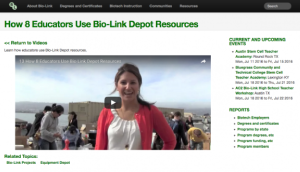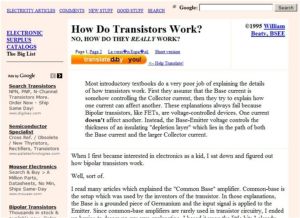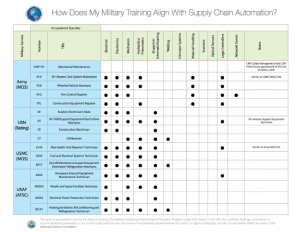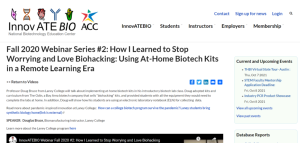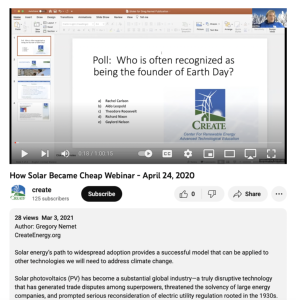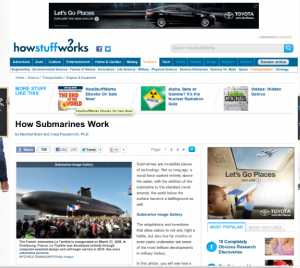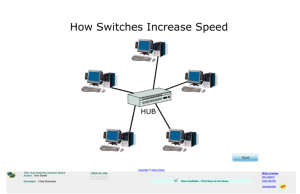Browse Resources
Resources | |
|---|---|
In this video by Bio-Link, educators from different biotechnology programs talk about the ways they use equipment received from the Bio-Link Depot. This video runs 4:56 minutes in length.
This case study from the National Center for Women & Information Technology explains how instructors can implement pair programming in their computing courses, and shares how the University of California Santa Cruz used pair programming assignments to increase the retention of both female and male...
This website provides an explanation of how a transistor works and a brief history of transistors. The site includes Part, Part 2, and addtional links. "This article delves into bipolar transistor internal operation: it's the physicist's viewpoint; not the engineer's or technician's." The goal of...
This 1-page document, provided by the National Center for Supply Chain Automation, is a crosswalk intended to help a user determine how specific military training aligns with supply chain automation. For four military branches, the crosswalk lists occupational specialties alongside supply chain...
This webinar, published by InnovATEBIO, covers at-home biotechnology kits for distance learning. In the video, Douglas Bruce presents on developing kits and curriculum from materials supplied by the Odin, a biotechnology supply company. Next, Bruce explores testing these kits during the Covid-19...
This lab, presented by the National Nanotechnology Infrastructure Network, covers the concept of relative size. Students will learn that "cells are quite big when compared to nanomaterials" and examine ways to keep nanoparticles from being polluted by larger objects, such as dust. A Teacher's...
In this webinar, provided by the Center for Renewable Energy Advanced Technological Education (CREATE), Gregory Nemet discusses how solar energy became a cheap model for low carbon innovation. Nemet also explains why energy transitions are hard. These transitions are difficult because people want...
This article written by Karim Nice explains what a Stirling engine is and how it works. "The Stirling engine is a heat engine that is vastly different from the internal-combustion engine in your car. A Stirling engine uses the Stirling cycle, which is unlike the cycles used in internal-combustion...
This article, presented by HowStuffWorks.com, shows how a submarine dives and surfaces in the water. It also shows how life support is maintained, how the submarine gets its power, how a submarine finds its way in the deep ocean and how submarines might be rescued. The article addresses many points...
This brief interactive activity, by the Electromechanical Digital Library and Wisconsin Technical College System faculty, explains clearly the reasons to use switches in place of hubs when using an LAN. The animations and corresponding explanations are helpful as the user clicks through each slide...
| |
| ← Previous | Next → |
